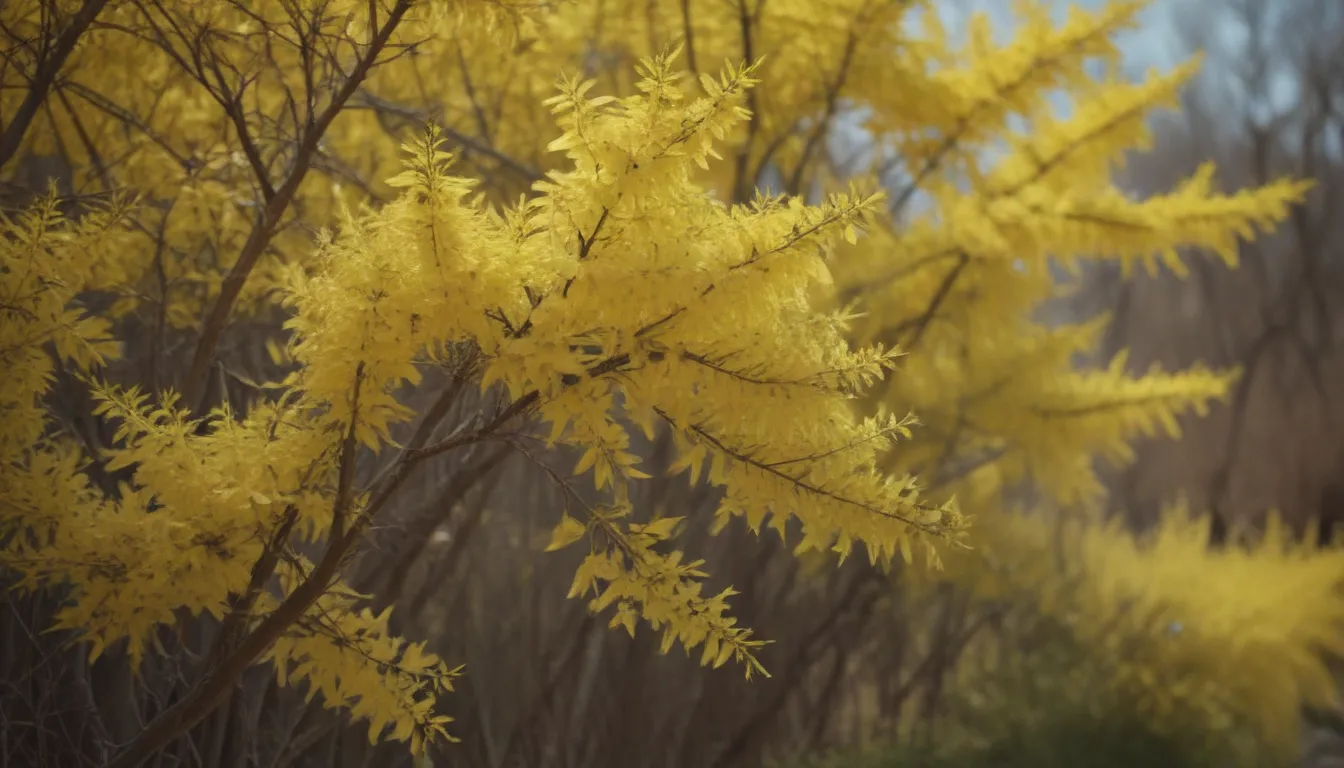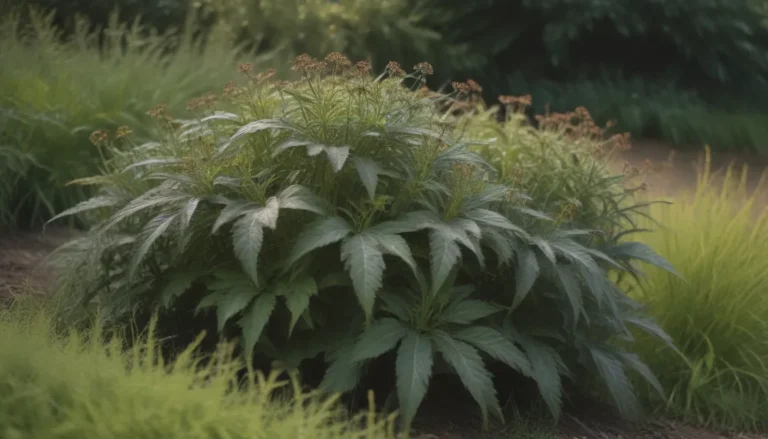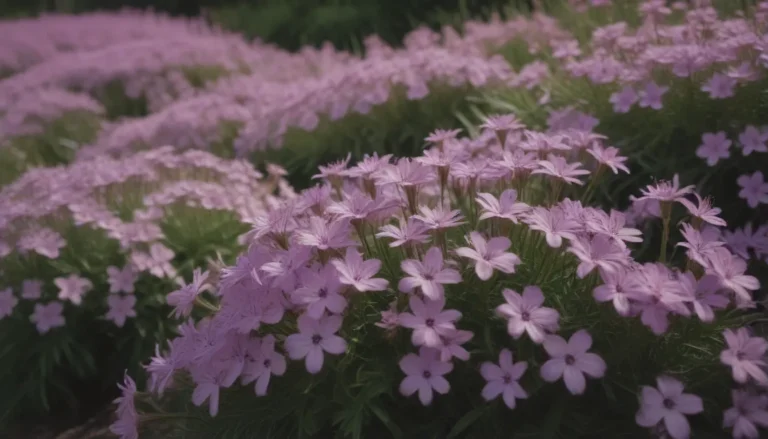Ultimate Guide to Forsythia Care: Everything You Need to Know

If you’re looking to add a burst of vibrant color to your garden early in the spring, look no further than forsythia. These cheerful flowering shrubs are a staple in many landscapes, known for their brilliant yellow blooms that appear before the leaves. In this comprehensive guide, we will explore everything you need to know about caring for and growing forsythia in your own garden.
Introducing Forsythia: A Beautiful Addition to Your Landscape
Forsythia, a genus of deciduous flowering shrubs belonging to the olive family, are fast-growing and low-maintenance plants that are a great addition to any garden. With their upright, arching form and long branches filled with brilliant yellow blooms, forsythias are not only visually stunning but also attract bees and butterflies, adding life to your outdoor space.
Key Features of Forsythia:
- Long branches filled with bright yellow blooms
- Upright, arching form
- Fast-growing shrubs that can add up to 24 inches in height per year
- Ideal for backdrops, borders, or centerpieces in your yard
Forsythia Care: Tips for Growing Healthy Shrubs
Forsythia bushes are versatile plants that can be used as living privacy walls, for erosion control, or as foundation plantings. They are fairly tolerant of poor soil conditions and can handle some drought once established. Here are some essential tips for caring for your forsythia plants:
Planting:
- Plant forsythia in the fall while they are dormant
- Space plants 4 to 6 feet apart to allow room for growth
- Plant in full sun for best results
Light:
- Forsythia bushes thrive with at least six hours of direct sunlight daily
- Insufficient sunlight may result in fewer blooms
Soil:
- Forsythias prefer loose, well-draining soil
- They can tolerate clay soil but require good drainage
- pH levels are not critical; they can thrive in both acidic and alkaline soils
Water:
- Water new forsythia plants regularly until established
- Once established, water only during dry periods
- Aim for at least 2 inches of water per week
Temperature and Humidity:
- Forsythias prefer slightly humid climates
- They thrive in temperatures between 55 and 70 degrees Fahrenheit
- Some varieties are hardy in colder temperatures
Fertilizer:
- Wait until the shrub is about a year old before fertilizing
- Use granular fertilizer at the base of the plant in spring and summer
Types of Forsythia: Exploring Varieties and Hybrids
There are many varietals within the forsythia genus, each offering unique sizes and shapes. Some common varieties include:
- Forsythia x intermedia ‘Sunrise’
- Forsythia x intermedia ‘Meadowlark’
- Forsythia x intermedia ‘Kolgold’
- Forsythia x intermedia ‘Lynwood Variety’
- Forsythia ‘Courtasol’
- Forsythia suspensa
- Forsythia ‘Arnold Dwarf’
Pruning and Propagating Forsythia: Maintaining Healthy Shrubs
Proper pruning of forsythia bushes is crucial to maintain their shape and encourage healthy growth. Pruning should be done just after blooming in spring to avoid cutting off next year’s flowers. Here are some tips for pruning and propagating forsythia plants:
Pruning:
- Prune after blooming to encourage new growth
- Cut a quarter to a third of the oldest branches to promote compact form
- Continued pruning can help improve the overall shape of the shrub
Propagating:
- Propagate through stem cuttings in early to mid-summer
- Another method is layering, where a branch touches the ground, forms roots, and can be cut and replanted
Growing Forsythia From Seed: A Long-Term Project
If you’re up for a challenge, you can try growing forsythia from seeds harvested from the brown pods that develop after flowering. Keep in mind that not all bushes will produce viable seeds, and the process can be time-consuming. Here’s how you can grow forsythia from seed:
- Harvest seeds from mature bushes
- Plant in rich, well-draining soil and wait for germination
- Be patient, as growing from seed can take time and effort
Potting and Overwintering: Additional Care Tips
Forsythia can be grown in pots to contain their growth, but they will need to be repotted every few years. During the winter, these plants do not require special treatment as they go dormant. Avoid pruning or watering during winter months to ensure healthy plants come spring.
Common Plant Diseases and How to Prevent Them
Forsythia shrubs can be susceptible to knobby galls and fungal twig blights. These issues can be addressed by removing affected stems, improving air circulation, and applying fungicides as needed. Regular pruning and maintenance can help prevent common plant diseases in forsythia.
Troubleshooting: Ensuring a Beautiful Bloom
If you find your forsythia is not blooming as expected, there may be several factors to consider. Improper pruning, lack of light, late freezes, or old age can all contribute to a lack of blooms. By addressing these issues and providing proper care, you can ensure a beautiful display of yellow blooms come spring.
In conclusion, forsythia is a versatile and beautiful addition to any garden. With the right care and maintenance, these flowering shrubs can thrive and bring joy to your outdoor space. Whether you’re looking to add a pop of color to your yard or create a natural privacy wall, forsythia is a fantastic choice. Remember to plant in full sun, provide regular water, and prune as needed to keep your forsythia plants healthy and vibrant. Happy gardening!




